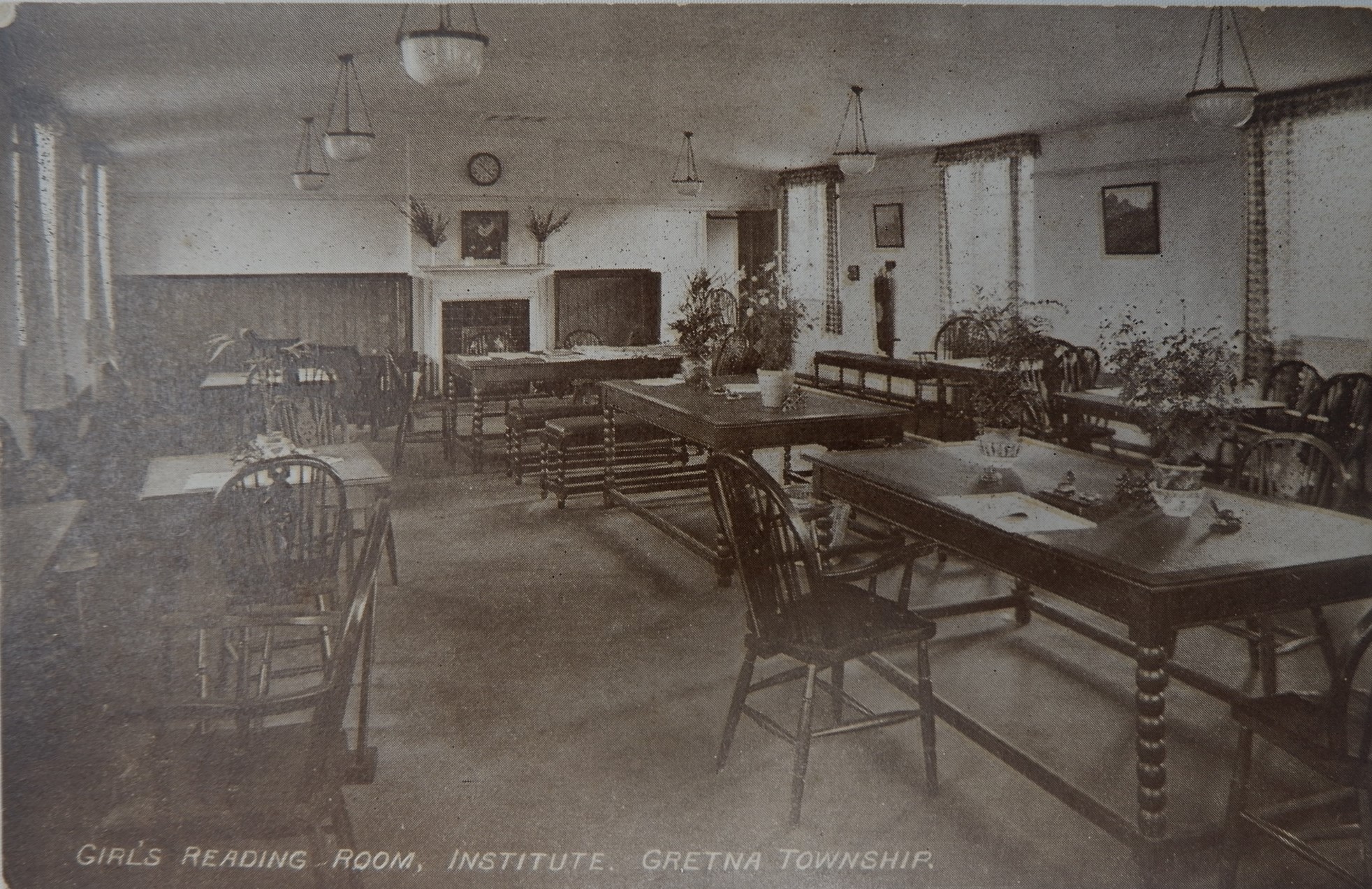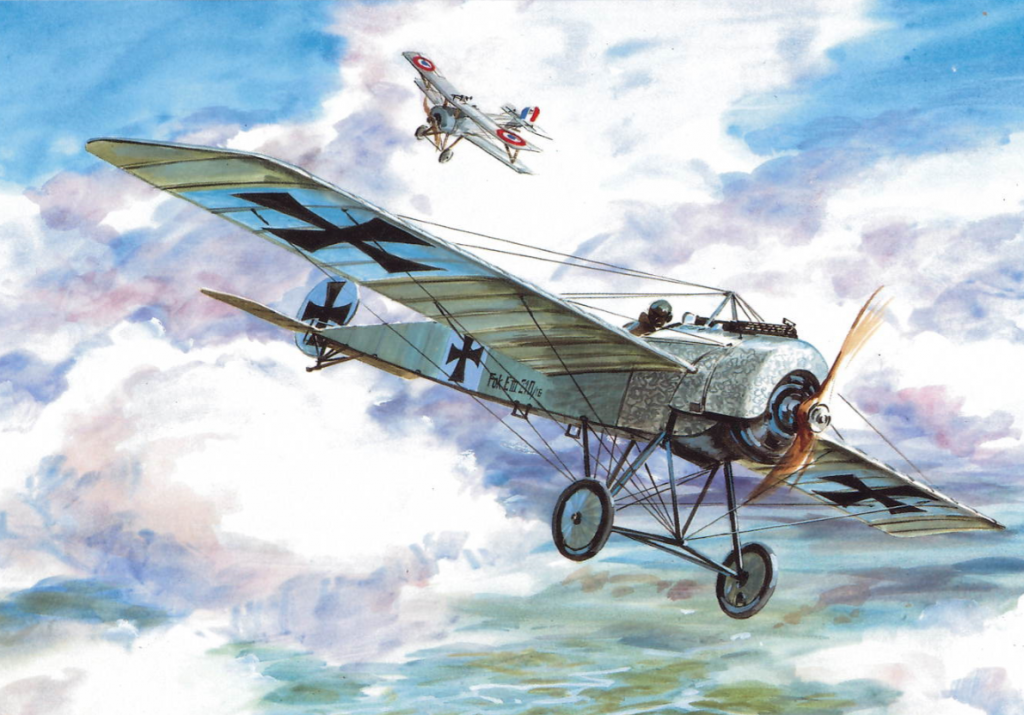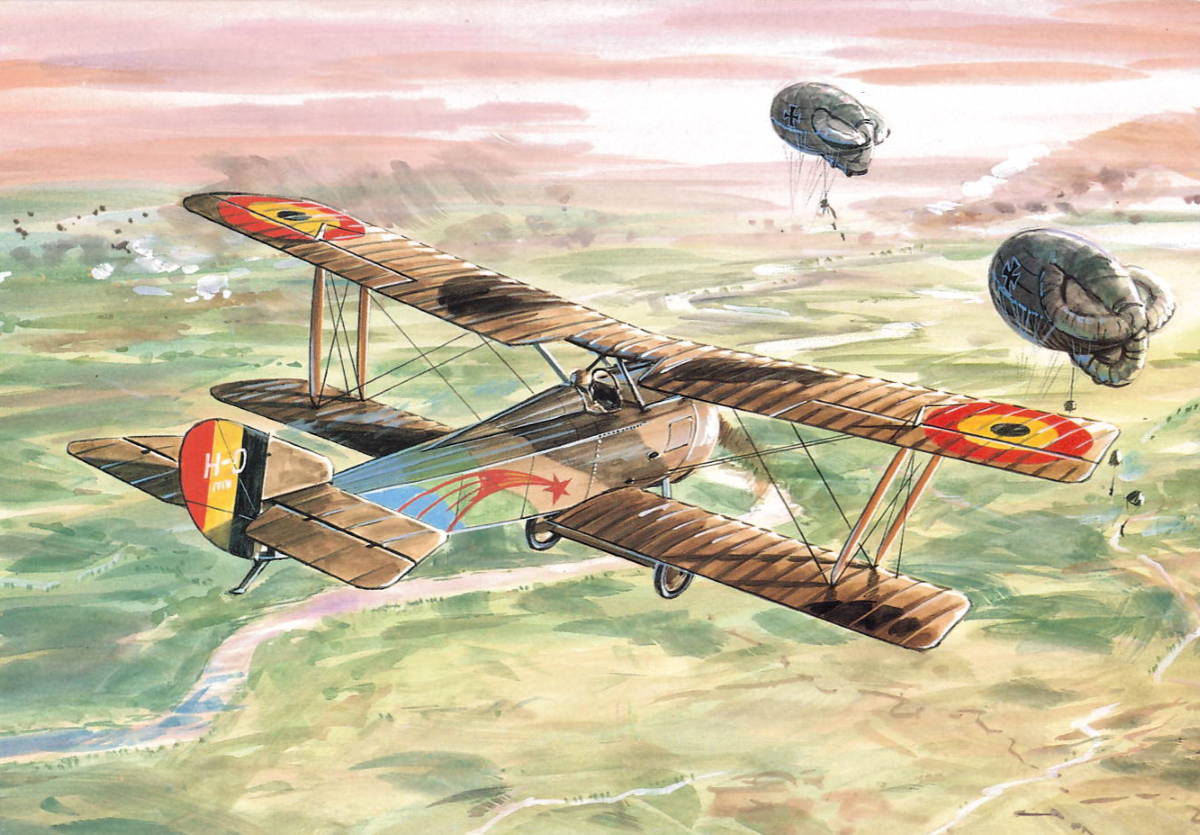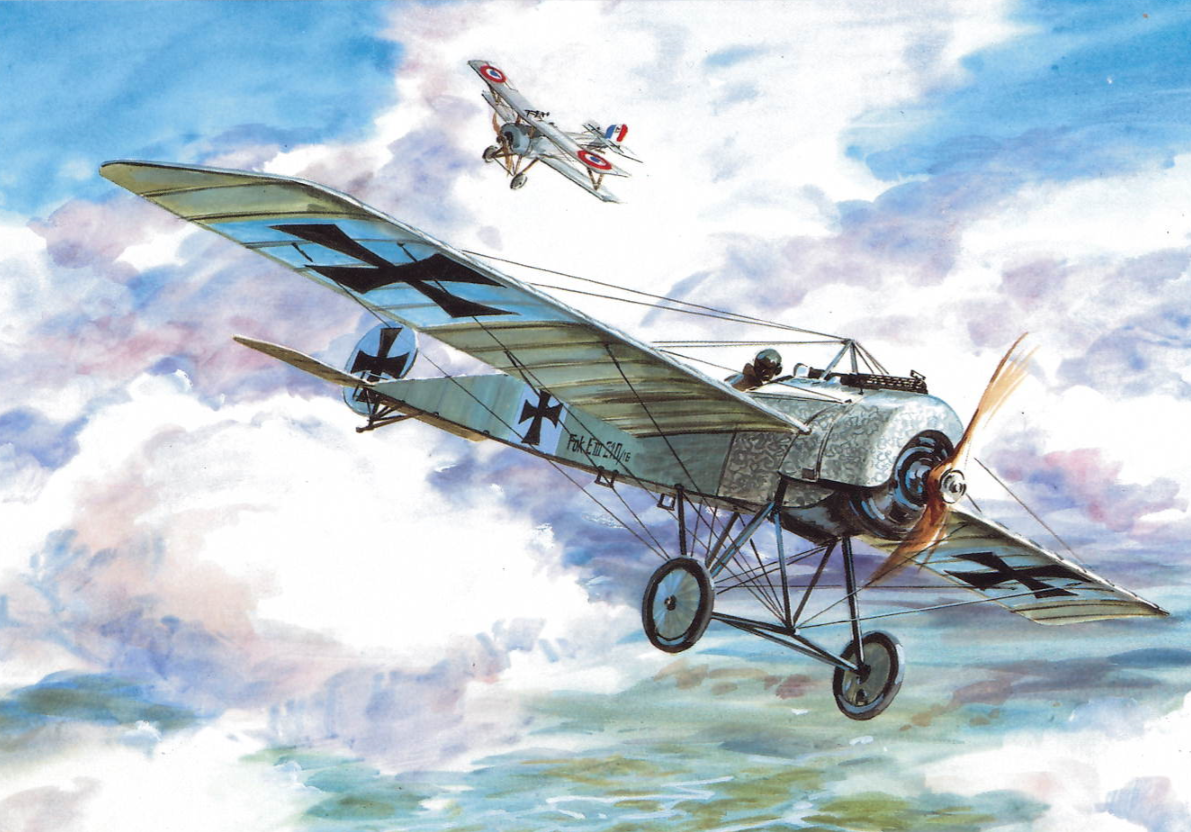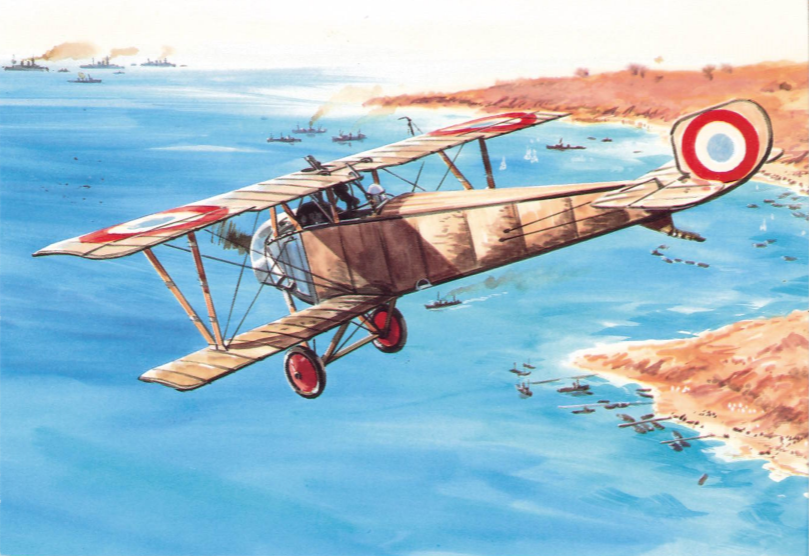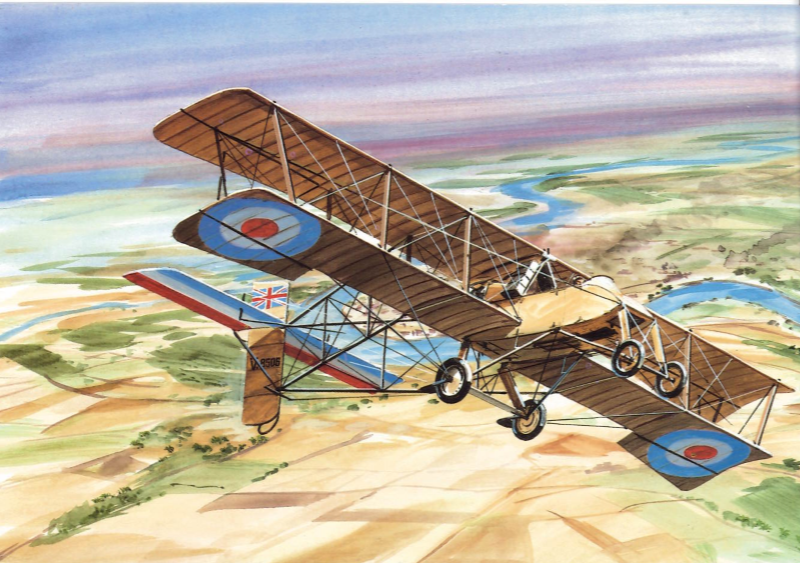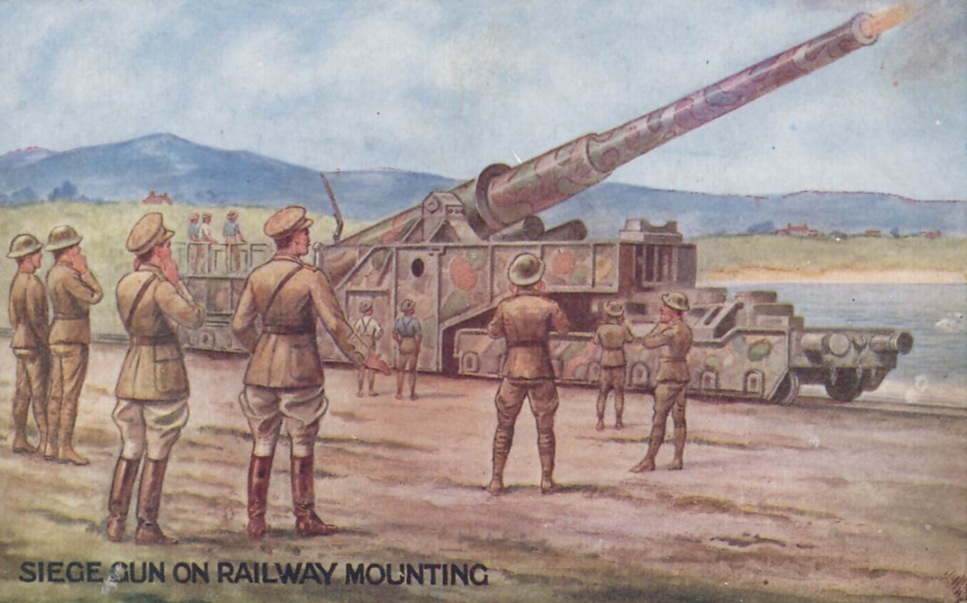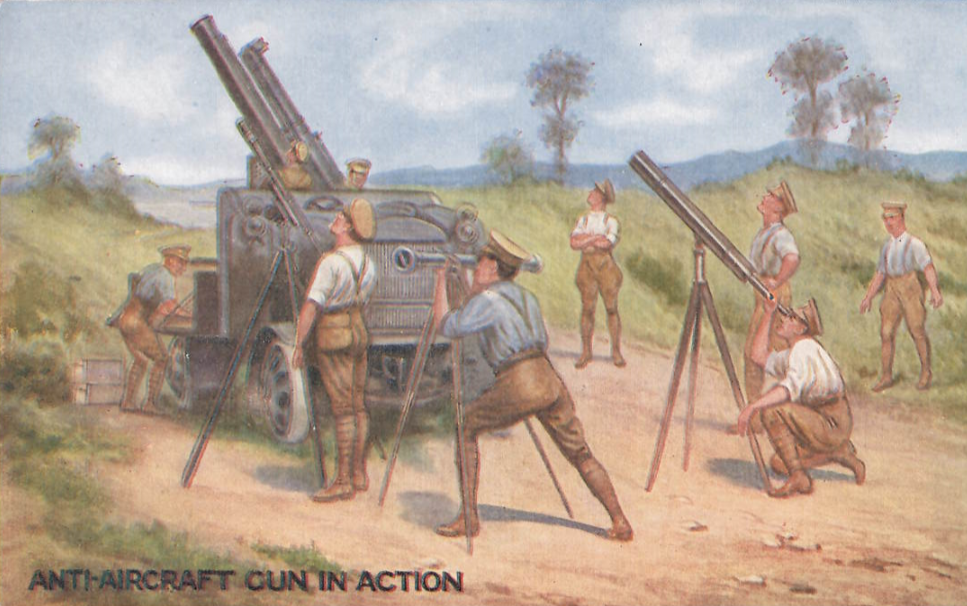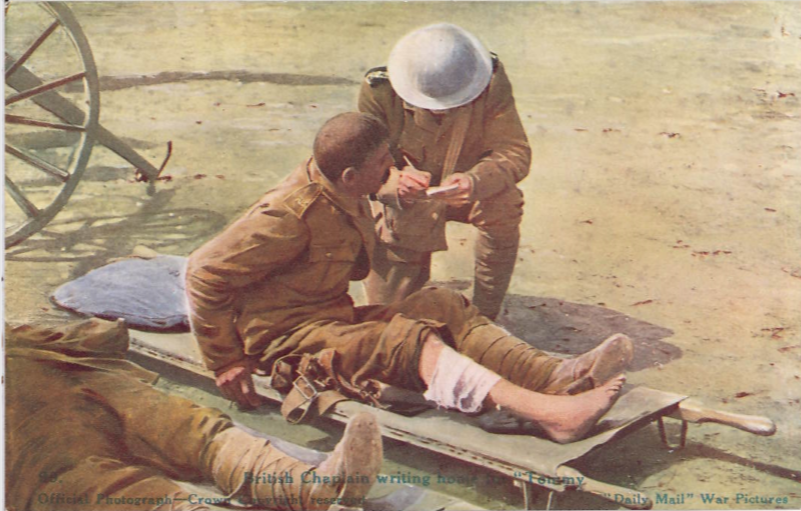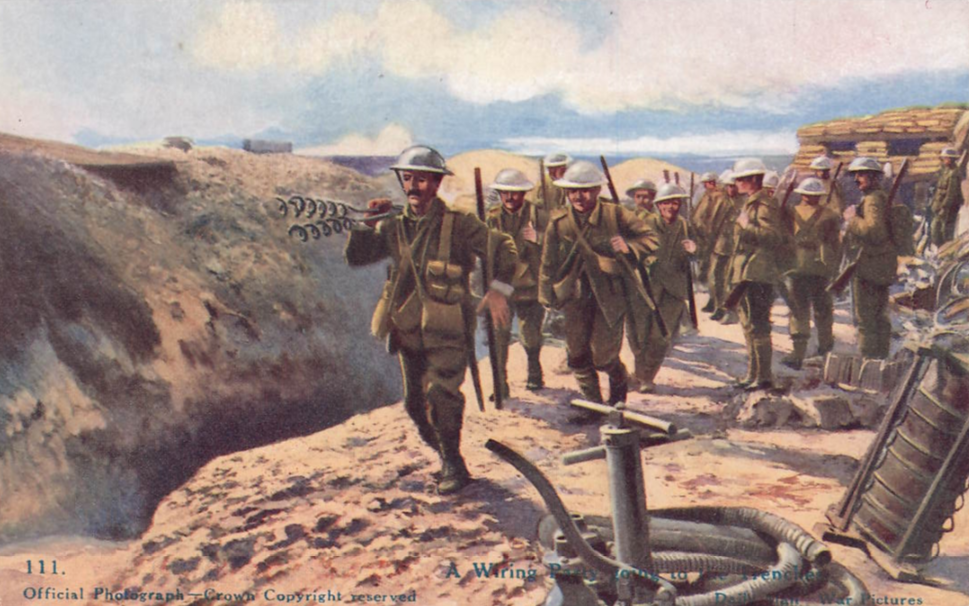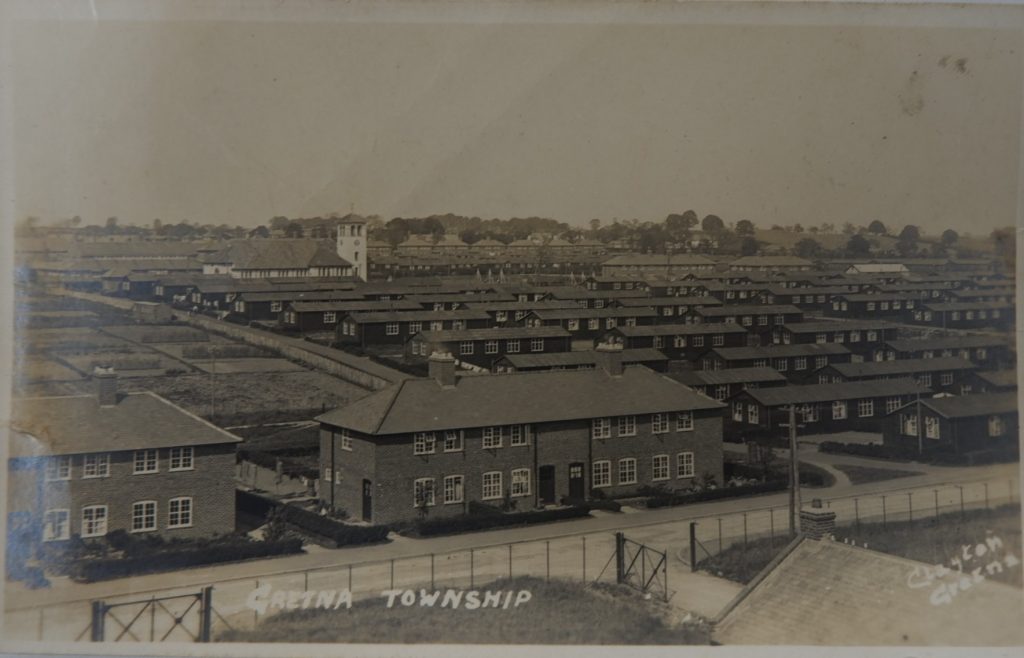
When HM Factory Gretna was built in WW1 they needed a place to house all of their workers, they came up with the idea to build two new townships near the Factory site. These two townships were Eastriggs and Gretna, many houses and hostels were built to house all of the workers during WW1 some of which you can see in the photo below of Dunedin Road in Eastriggs.
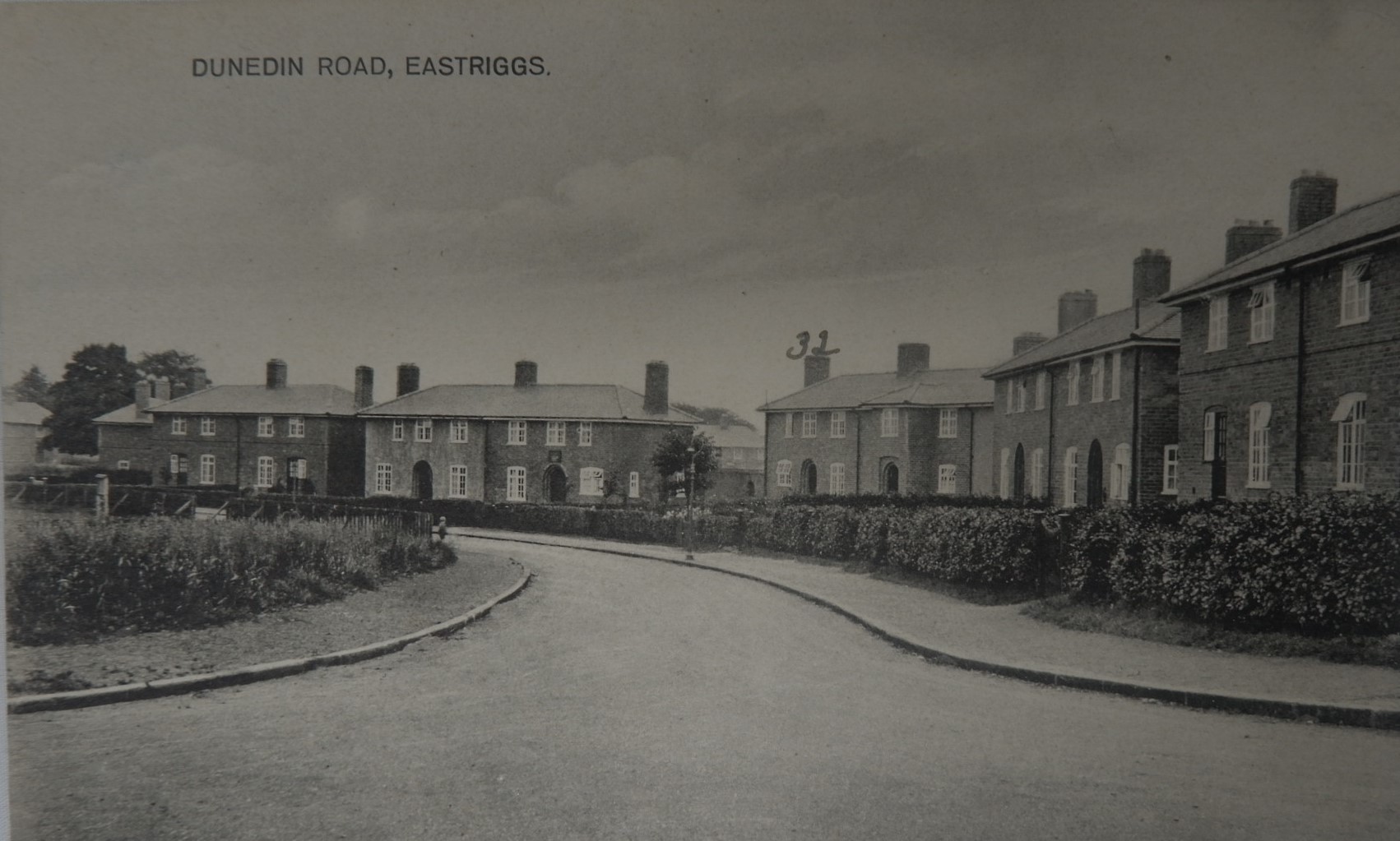
The photo below shows the temporary wooden huts which were eventually converted into proper houses using brick after the war built in Gretna along with some of the permanent hostel buildings which have now been converted into houses.
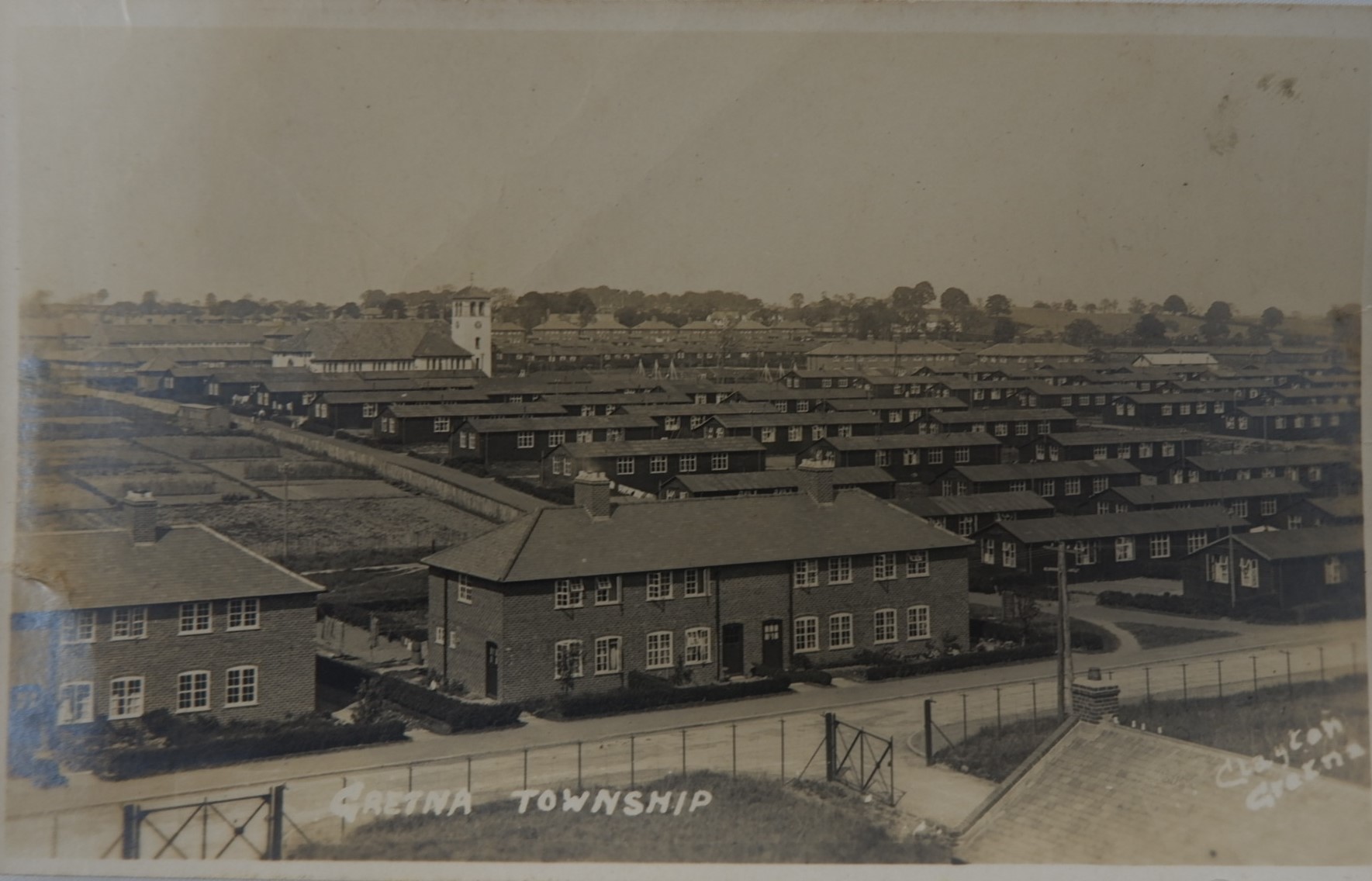
Below is a photo of the girls reading room which would be used some of the 12,000 female workers who worked at HM Factory Gretna during their spare time. The interior looks very nice but some reports we have of girls who worked at the Factory say that it was very cold inside during the winter as there was no heating.
